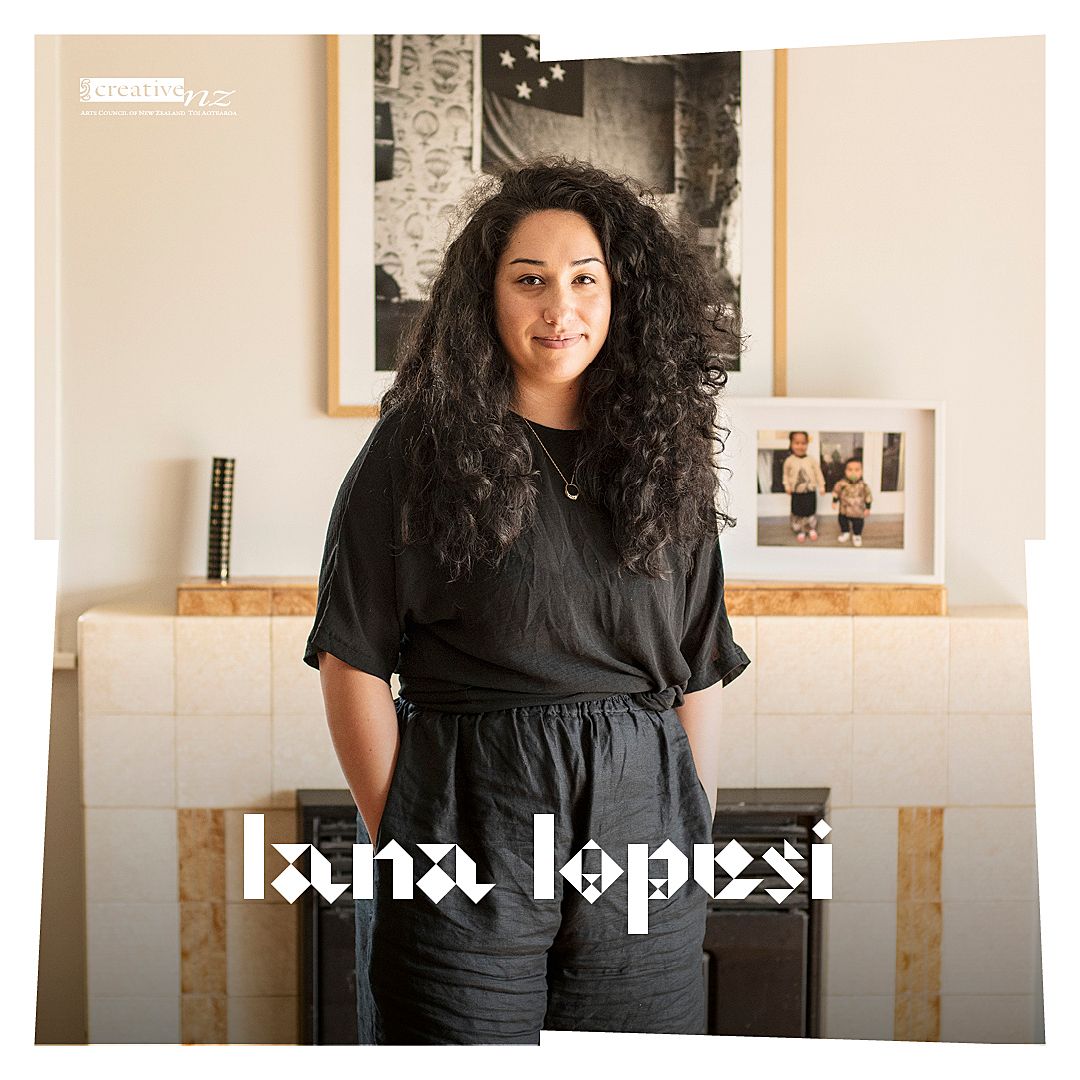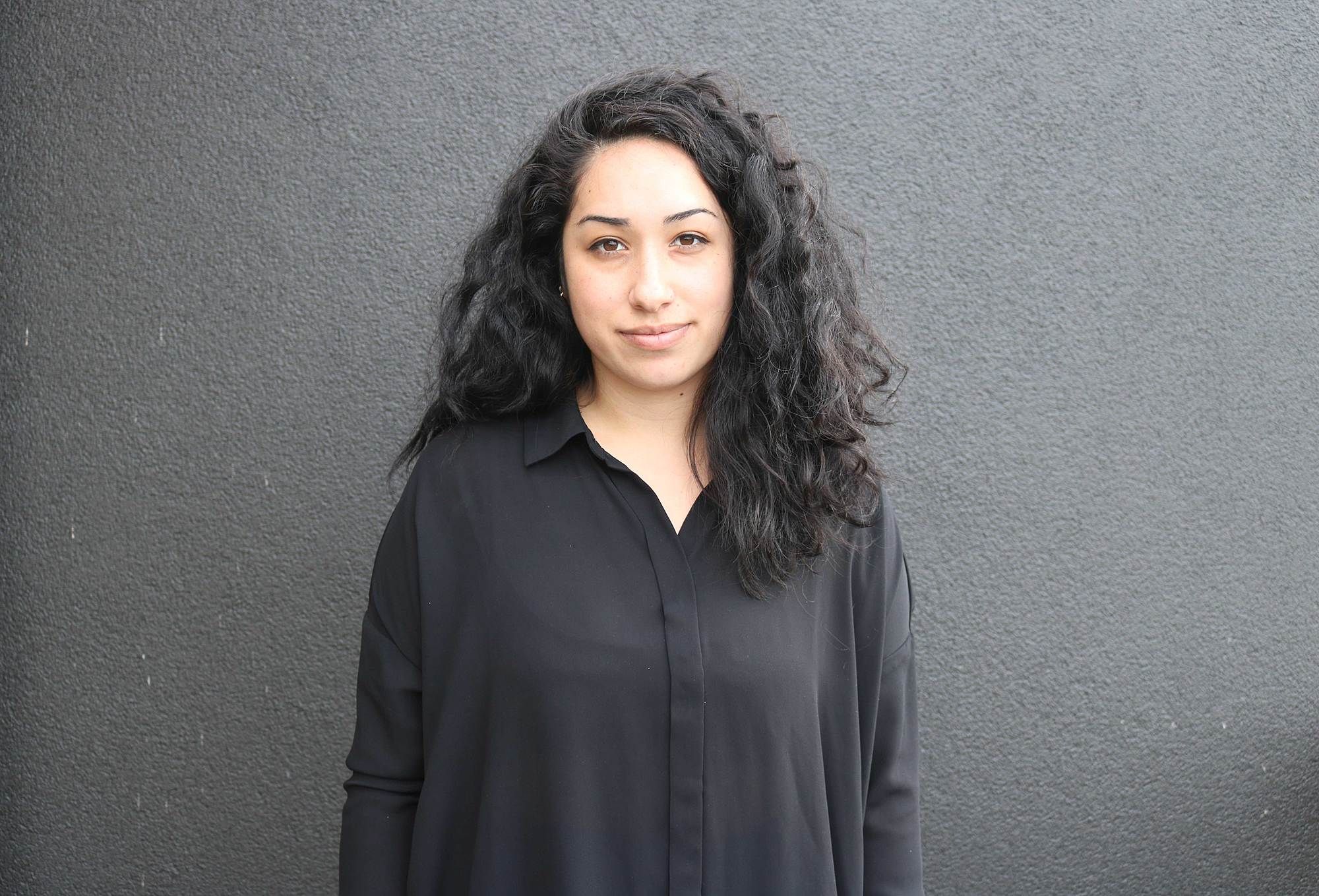Introducing the Pacific Arts Legacy Project
Today we’re excited to launch the Pacific Arts Legacy Project – a digital-first history of Pacific arts in Aotearoa as told from the perspective of the Pacific artists who were there.
About two weeks in from Aotearoa New Zealand realising Covid-19 was a real deal, and one week into the country going into lockdown on 25 March 2020, I decided to take a break from writing. The world was changing too fast for me. And just as I felt like I was making sense of it, something would shift again. The internet was inundated with hot takes, and after I purged my own about grappling with my career as an art writer – which seemed too frivolous in a time of crisis – I bowed out.
Some of my publishers disappeared overnight, while others were flooded with submissions. I remember the art sector conversation being one of not knowing what to do, not doing enough, and perhaps doing too much in the wrong areas. Artists, theatre makers and curators were considering how to shift a formalist mode of making art onto the internet, and there was so much talk about the ‘new normal’. The anxiety became deafening and I felt really distant from conversations about the future of art. My reality was having a partner in the thick of it every day as an ‘essential worker’, while I tried to simultaneously teach and parent two young children, as well as work and study. So I opted out. There wasn’t much else I could do, not much I could write about – nothing that felt important to put out there, anyway.
I didn’t realise it at the time, but that would be the phone call that would pull me back into thinking about art again.
Sometime in mid April I missed a call. My phone told me it was “Maybe Makerita Urale” from Creative New Zealand – one of my favourite fellow big-hair Sāmoan sisters. I didn’t realise it at the time, because I had mentally resigned from my freelance hustle, but that would be the phone call that would pull me back into thinking about art again. In those early conversations no one was certain what the project would be. All we knew was that this pandemic offered a time to write that art history our Pacific arts communities had asked for during the CNZ Pacific Arts Strategy fono held a couple of years before. Those fono directed the current Pacific Arts Strategy, one that Makerita was determined would not go by the wayside in the midst of the pandemic. We had Zoom calls, phone calls and established a project team. Together we would brainstorm, talanoa and develop what would come to be called the Pacific Arts Legacy Project.
Typeface by Shaun Naufahu, from Alt Design
In one of the pieces to be published in this series, Tigilau Ness remembers his time on the Pacific Arts Committee, the policy- and strategy-setting body for Creative New Zealand. He recalls Fuimaono Karl Pulotu-Endemann saying, “The arts is the only arena in which Pacific people are not in the deficit.” Those practising across the broad spectrum of Pacific arts know this to be true. The creative production from our communities far exceeds our wider socioeconomic realities. Today it is very rare that there is not an exhibition, production or new release by a Pacific artist at any given time in Aotearoa. Moana artists are beginning to become regular features at award nights and be the chosen national representatives for Aotearoa; one of the most recent examples being FAFSWAG, Tusiata Avia and Yuki Kihara all being 2020 Arts Laureates.
However, as curator Ioana Gordon-Smith and I wrote in 2019, “To date, the writing of Moana art histories has paled in comparison to the volume, and quality, of Moana arts being practised and exhibited.” That piece of writing came from a project, not too dissimilar from this one, in which we felt as though our art histories existed primarily in the minds and on the tongues of a few people, making them susceptible to disappearing along with those who made them. We wrote, “there is an ominous sense that our stories, our histories, might disappear from memory before we have even assessed their significance.”
“To date, the writing of Moana art histories has paled in comparison to the volume, and quality, of Moana arts being practised and exhibited.”
Art histories are often neatly woven together to give a clear narrative from start to finish. This historical approach raises prickly questions – by including some, who else is excluded, from which vantage point do we remember, and what about those who may have been collateral damage in someone else’s legacy? With the breadth and depth of Pacific arts in Aotearoa, we know there is no one story. There are many, many facets and only together can we reveal any kind of whole, or make sense of it all.
In the case of this history, the whole is dynamic and multi-layered – it reminds us of the revolutions enacted by these artists whose positions in the national arts scene we now take for granted. As someone younger than many of the artists writing for this legacy project, it’s been important for me to maintain everyone’s own vantage point as they remember the moments and movements they are a part of. In that respect we’ve approached the Pacific Arts Legacy Project almost like an anti-history. No one artist has been tasked with the impossible job of telling a whole legacy; each has been given the space to focus in on their own story, maintaining the integrity of their voice and experience.
With the breadth and depth of Pacific arts in Aotearoa, we know there is no one story.
Today we’re launching the Pacific Arts Legacy Project– a digital-first history of Pacific arts in Aotearoa as told from the perspective of the Pacific artists who were there. Later this week we kick off with a superb and explosive trio. Maualaivao Albert Wendt remembers a history of Pacific literature in Aotearoa; Ema Tavola tells us of the formation of Auckland’s southside galleries under the Manukau City Council; and Pelenakeke Brown muses on her experiences at the intersection of being a Sāmoan, queer, disabled woman.Over the next few months, and into 2021, we will bring you stories of artists, as they remember the pasts that brought them to this moment, with many also offering their wishes for the future. We’ll be publishing new pieces every week, in little clusters of one to three. In the mix we have Coco Solid, Jonathan Lemalu, Yuki Kihara, Fatu Feuʻu, Tusiata Avia and so many more.
Makerita reflects on the project: “Like Lana, I was locked down at home with the rest of Aotearoa in March. And working at Creative New Zealand meant our initiatives and projects under the Pacific Arts Strategy were suddenly disrupted, suspended and postponed. We pivoted, and activated the Va focus and the #DigitalMoana vision of the Strategy, as our Pacific navigators and ancestors charted a new course through stormy weather. The beginnings of the Pacific Arts Legacy Project was born to tell the history of Pacific arts in Aotearoa from the voices of Pasifika creatives. And the best person to lead this project as the Editor in Chief was Lana Lopesi. I made a phone call, and we literally started writing a new chapter of our own history.”
Lana Lopesi, Editor-in-Chief of the Pacific Arts Legacy Project. Photo by Raymond Sagapolutele ,designed by Shaun Naufahu.
This project ultimately fills a sector gap in Pacific arts in New Zealand. It involves Pacific artists sharing their personal journeys and stories for initially online distribution. Looking into the future, Creative New Zealand is also considering the potential for the commissioned pieces to feature in a printed publication, a comprehensive history of Pacific arts in Aotearoa as a future legacy project and significant new resource, before the end of the current Pacific Arts Strategy in 2023. This project will be a significant resource for the world, would fill a literary gap and, of course, see artists paid for their contributions, with other Pacific creatives such as photographers and designers involved, to support the Pacific creative economy. However, our focus at the moment is to start the telling of Pacific arts stories from the voices of Pasifika artists themselves, in the online digital space.
A stellar team compiled this project, including Makerita Urale, David Pannett, Erolia Ifopo, Paul Lisi and Simonne Likio from Creative New Zealand. We have collaborated with Shaun Naufahu, from Alt Design, who after receiving a somewhat open brief designed a new typeface for this project, which has already gone on to have its own legacy with the Moana x Boosted campaign. This design vision has been paired with photographs by Raymond Sagapolutele, who took the first portraits of the contributors in this project – with other Pasifika photographers to come on board later. A massive thank-you as well to Marie Shannon, our copy editor, and the wider team at Pantograph Punch for taking care of these measina for us.
It has been an absolute honour to work with our communities to bring these stories together. It has been truly humbling to share lunch, coffee and phone calls with everyone, and to remember those whose work nurtured me as a somewhat bright-eyed artist. As we all look to the future, we hope you’ll enjoy remembering and perhaps, for some, discovering the legacy of Pacific arts. I am so ecstatic to be sharing this with all of you. Enjoy.
CNZ logo
This piece is published in collaboration with Creative New Zealand as part of the Pacific Arts Legacy Project, an initiative under Creative New Zealand’s Pacific Arts Strategy.
Header image by Shaun Naufahu, Alt Design. Photo by Raymond Sagapolutele




